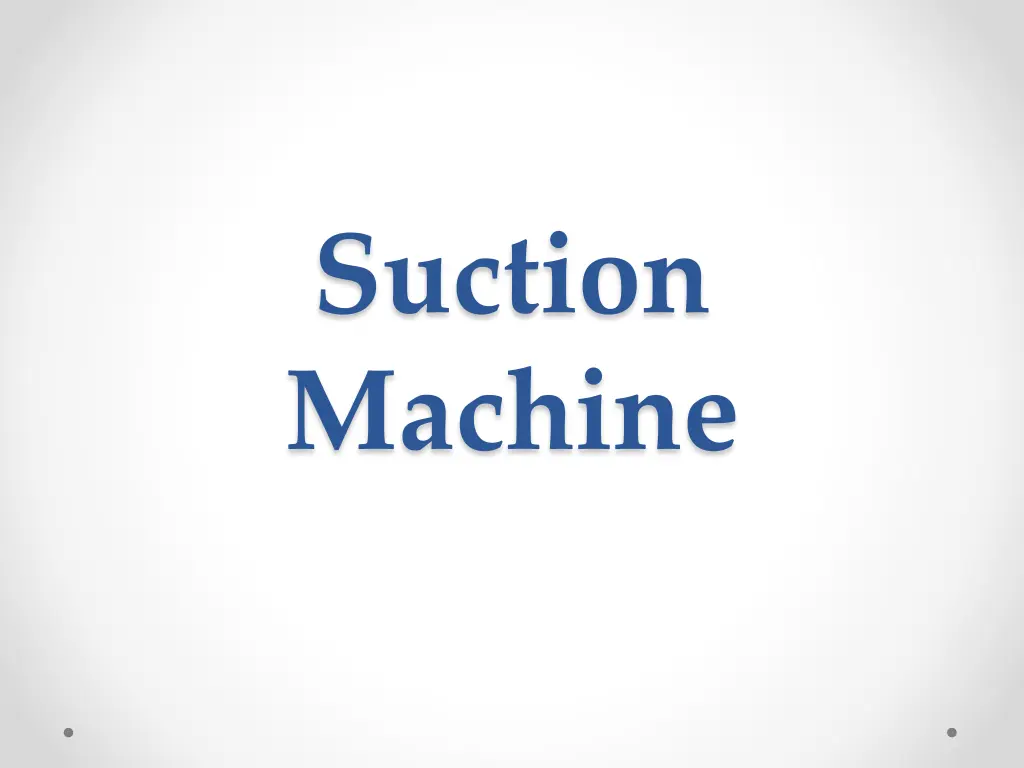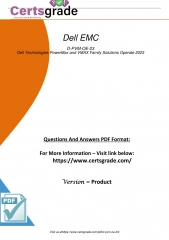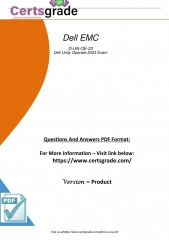
Operating a Suction Machine: Instructions and Maintenance
Learn how to operate a suction machine effectively, ensuring proper airway clearance for patients. This guide covers step-by-step instructions for setting up and using a suction machine, along with essential maintenance tips to keep the device in optimal condition and prevent common failures. Regular cleaning, disinfection, and checks are crucial to ensuring the suction machine functions correctly and is ready for use when needed.
Download Presentation

Please find below an Image/Link to download the presentation.
The content on the website is provided AS IS for your information and personal use only. It may not be sold, licensed, or shared on other websites without obtaining consent from the author. If you encounter any issues during the download, it is possible that the publisher has removed the file from their server.
You are allowed to download the files provided on this website for personal or commercial use, subject to the condition that they are used lawfully. All files are the property of their respective owners.
The content on the website is provided AS IS for your information and personal use only. It may not be sold, licensed, or shared on other websites without obtaining consent from the author.
E N D
Presentation Transcript
Suction Machine
Introduction A suction machine, also known as an aspirator, is a type of medical device that is primarily used for removing obstructions like mucus, saliva, blood, or secretions from a patient airway. When an individual is unable to clear secretions due to a lack of consciousness or an ongoing medical procedure, suction machines help them breathe by maintaining a clear airway. The types suction devices : Manual suction devices. Stationary suction machines Portable suction machines Manual suction devices. Portable suction machines
Operating the Suction Machine 1. Plug the suction machine into a grounded outlet. 2. Check that the tubing from the machine to the collection jar is on and snug. 3. Check that the lid to the collection jar is closed tightly. 4. Attach the extension tubing to the collection jar. 5. Turn the machine on and kink the extension tubing to block the flow of air. If the pressure gauge did not move when kinking the tubing, recheck all of your connections. Look for leaks in the system. The lid may not be closed tightly; a tub may not be on properly or the tube in punctured. 6. Look at the pressure gauge. Using the control dial set the gauge pressure between 15" and 20" of Hg. (for an adult) An infant or a child will use less pressure. 7.After the pressure is set, connect the oral suction device or suction catheter to the suction extension tubing.
Maintenance Daily Clean filters Clean air vents Disinfect jars, tubing, other components that come into contact with patient fluids between each use in solution of water, detergent, and disinfectant Change bacteria filter if wet or discolored Check collection bottle for cracks, chips, and other damage Make sure there is a sufficient supply of bacterial filters Check that float valve moves freely
1-3 months Clean or replace air intake filter Clean brushes on motors as necessary Inspect power cord and plug Ensure vacuum works over full range of suction pressures if there is a control/knob Verify that overflow valve (float valve) works properly when container is filled with water Grounding resistance between chassis and ground pin should not exceed 0.5 ohms
Common Failures Most common: Clogs, Leaks, Motor Failure Leaks: - Tube leak Jar/lid leak Tube blockage Missing/damaged parts: -Bad motor - Bad power supply - No collection bottle - No filter - Clogged bacterial filter
Float valve closes air pathway with full collection jar Insufficient pressure/suction - Ventilation grill obstructed - Suction control knob is set to a low setting Diaphragm needs cleaning or replacing - - Brushes need cleaning Motor needs lubrication






















